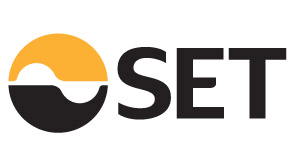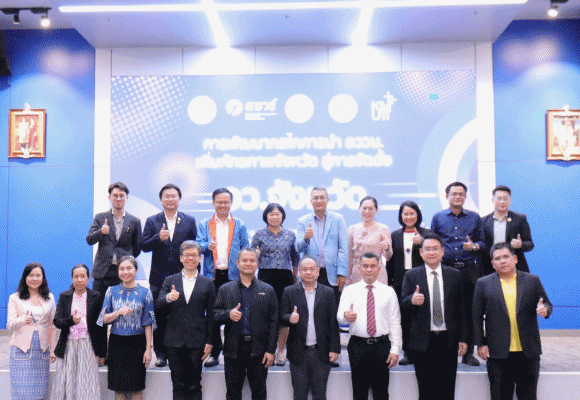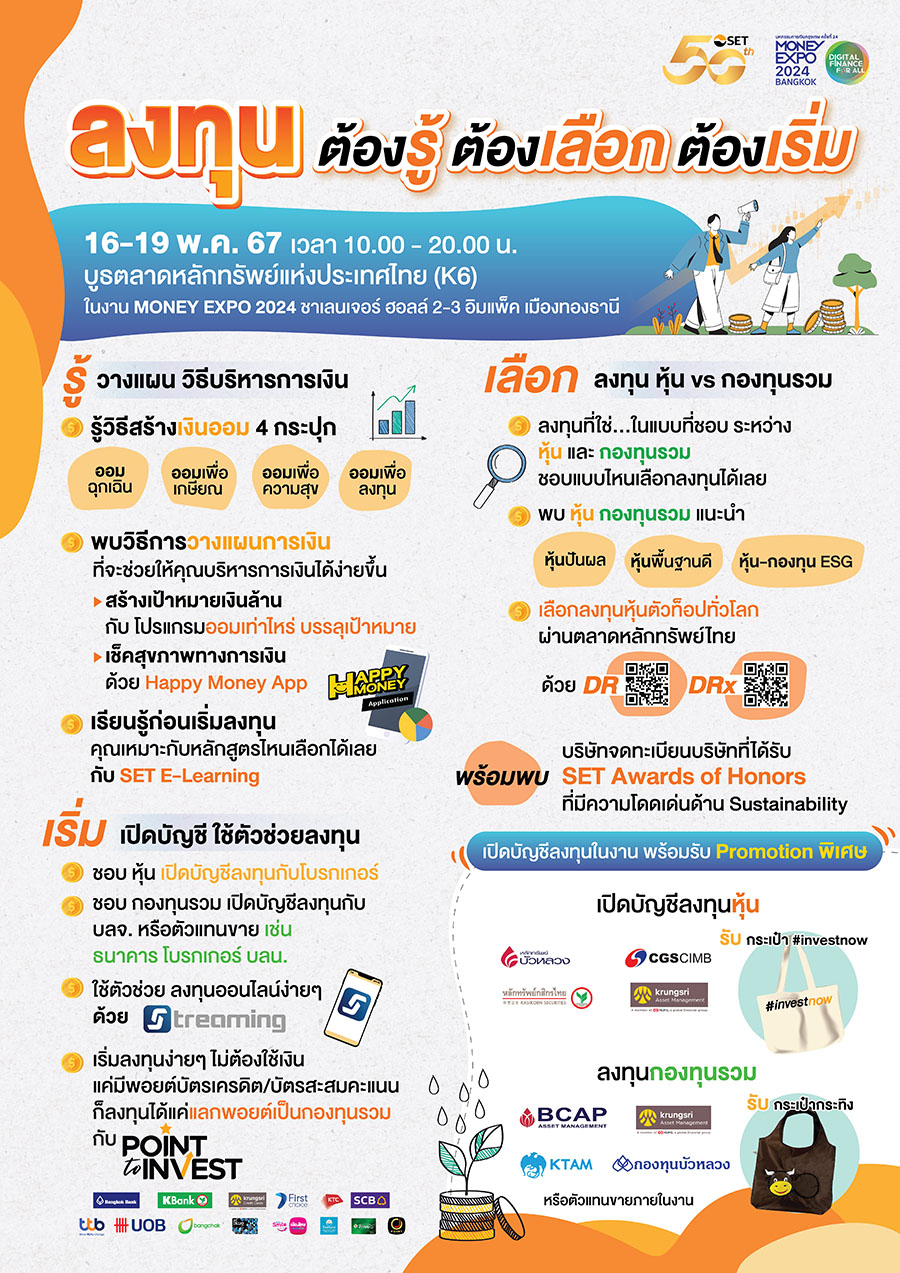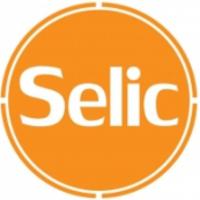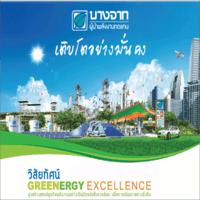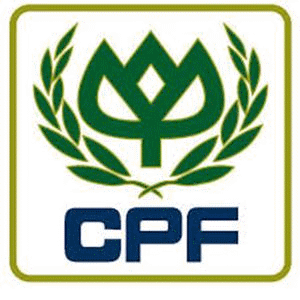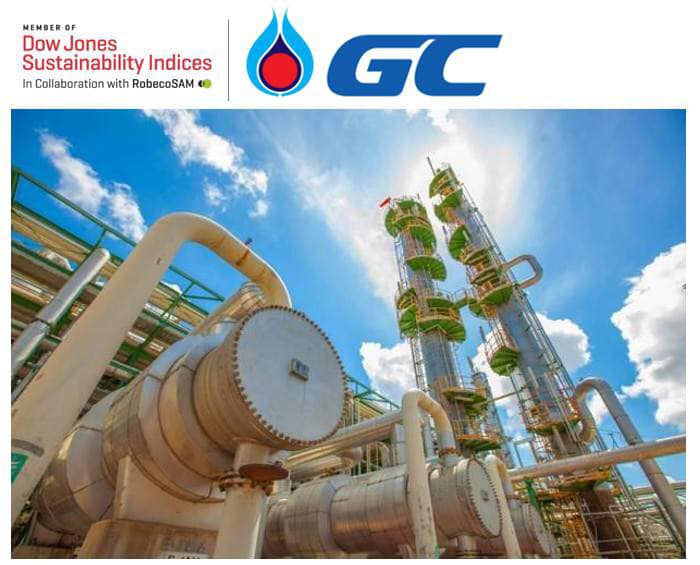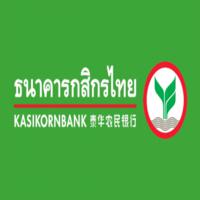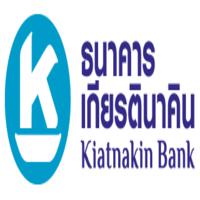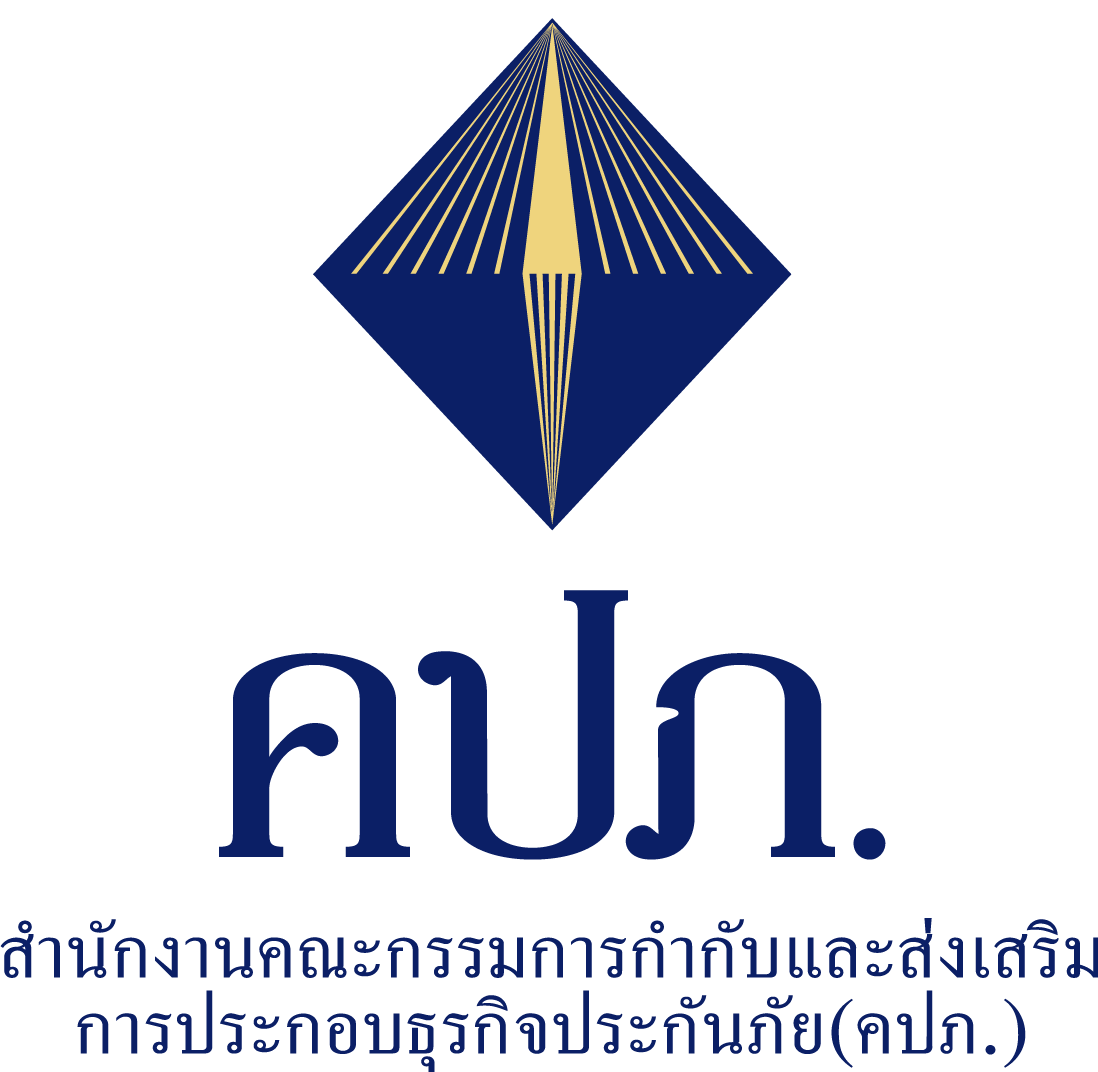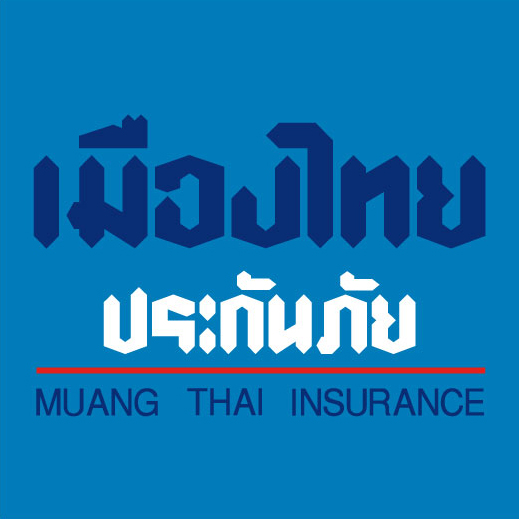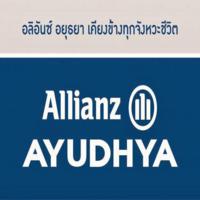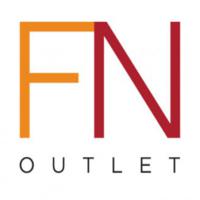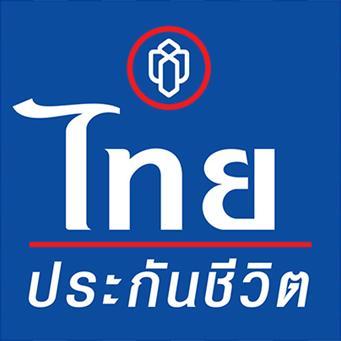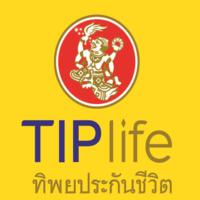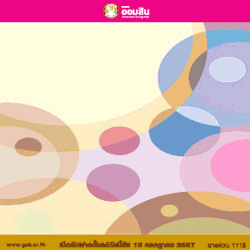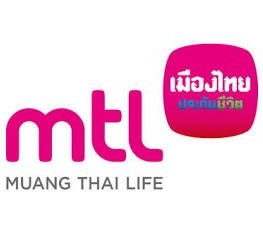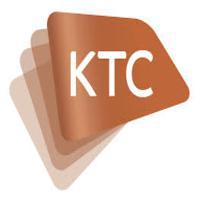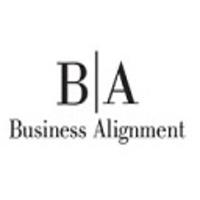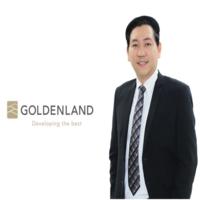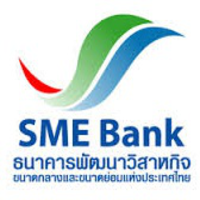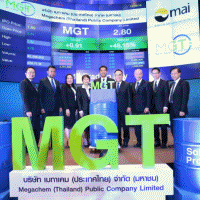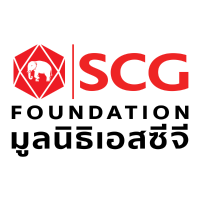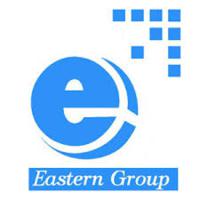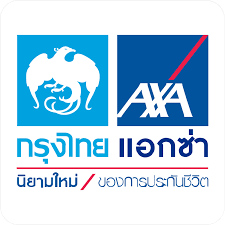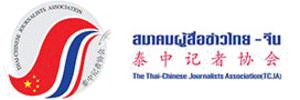- Details
- Category: บทความการเงิน
- Created: Wednesday, 05 October 2016 23:40
- Hits: 6480
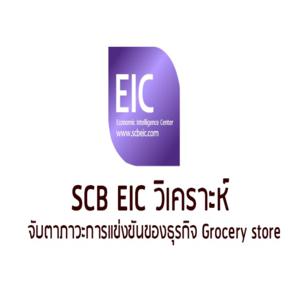 มองเทรนด์คนรุ่นใหม่ ผ่านการใช้บัตรเครดิต
มองเทรนด์คนรุ่นใหม่ ผ่านการใช้บัตรเครดิต
Highlight
ภาพรวมตลาดบัตรเครดิตสะท้อนว่า การใช้จ่ายภาคครัวเรือนยังไม่สดใสนัก มีเพียงผู้มีรายได้สูงเท่านั้นที่ยังคงใช้จ่ายเพิ่มทั้งในด้านการใช้จ่ายทั่วไปและการลงทุน อย่างไรก็ดี อีไอซีพบเทรนด์ใหม่คือ ผู้ใช้บัตรเครดิตมีการใช้จ่ายเพื่อซื้อประสบการณ์มากขึ้น ทั้งในด้านการท่องเที่ยวและร้านอาหาร รวมไปถึงการซื้อสินค้าออนไลน์ ในขณะที่มีการควบคุมค่าใช้จ่ายด้านอื่น อีไอซีแนะผู้ประกอบการปรับกลยุทธ์ตอบรับการเปลี่ยนแปลง เน้นความสำคัญด้านการบริการเพื่อต่อยอดธุรกิจ
ตลาดบัตรเครดิตชี้ผู้มีรายได้ปานกลางยังไม่กลับมาใช้จ่าย ในขณะที่ผู้มีรายได้สูงใช้จ่ายเพิ่มขึ้นอย่างต่อเนื่อง จากข้อมูลธนาคารแห่งประเทศไทยพบว่า มูลค่าการใช้จ่ายผ่านบัตรเครดิตมีการเติบโตเฉลี่ย 7% ต่อปีนับตั้งแต่ปี 2013 แต่การเติบโตส่วนใหญ่มาจากการเพิ่มจำนวนผู้ใช้บัตรเป็นหลัก ขณะที่ค่าใช้จ่ายต่อคนค่อนข้างคงที่ ยกเว้นกลุ่มผู้มีรายได้สูงซึ่งมีจำนวนน้อย สอดคล้องกับผลสำรวจของสำนักงานสถิติแห่งชาติที่พบว่าการใช้จ่ายภาคครัวเรือนที่ยังอยู่ในระดับคงที่ ทั้งนี้จากข้อมูลการใช้บัตรเครดิตของลูกค้าธนาคารไทยพาณิชย์ในช่วง 3 ปีที่ผ่านมา อีไอซีพบว่าพฤติกรรมการลงทุน พฤติกรรมการใช้จ่าย และรูปแบบการใช้จ่ายของผู้บริโภคในแต่ละกลุ่มรายได้ คือ กลุ่มผู้มีรายได้สูง (รายได้เฉลี่ย 100,000 บาทต่อเดือนขึ้นไป) และกลุ่มผู้มีรายได้ปานกลาง ซึ่งประกอบด้วยกลุ่มผู้มีรายได้ปานกลางระดับล่าง (รายได้เฉลี่ย 15,000 - 35,000 บาทต่อเดือน) และกลุ่มผู้มีรายได้ปานกลางระดับบน (รายได้เฉลี่ย 35,000 - 100,000 บาทต่อเดือน) มีพฤติกรรมการใช้จ่ายที่เปลี่ยนไปแตกต่างกัน
ในด้านการลงทุน พบการลงทุนในทองคำยังคงเติบโตโดยเฉพาะในกลุ่มผู้มีรายได้สูง ขณะที่การลงทุนในกลุ่มอสังหาริมทรัพย์ยังคงหดตัวอย่างต่อเนื่องในกลุ่มผู้มีรายได้ปานกลาง และทรงตัวในกลุ่มผู้มีรายได้สูง ถึงแม้ว่าช่วงที่ผ่านมาราคาทองคำในตลาดโลกจะลดลงจาก 1,600 ดอลลาร์สหรัฐฯ ต่อปอนด์ (25,000 บาทต่อทองหนึ่งบาทในตลาดไทย) ในปี 2013 จนเหลือเพียง 1,000 ดอลลาร์สหรัฐฯ ต่อปอนด์ (18,000 บาทต่อทองหนึ่งบาทในตลาดไทย) ในปี 2015 แต่จากการสำรวจพบว่ามีเพียงกลุ่มผู้มีรายได้สูงเท่านั้นที่ลงทุนในทองคำเพิ่ม ซึ่งเพิ่มถึง 9% ต่อปีโดยเน้นเพิ่มปริมาณเงินลงทุนในแต่ละครั้ง ในขณะที่กลุ่มผู้มีรายได้ปานกลางมีมูลค่าการลงทุนค่อนข้างคงที่ สำหรับการลงทุนในกลุ่มอสังหาริมทรัพย์พบว่า แม้จะมีนโยบายสนับสนุนจากรัฐบาลในช่วงปลายปี 2015 แต่กลุ่มผู้มีรายได้ปานกลางยังคงชะลอการลงทุน โดยมีมูลค่าการลงทุนลดลงเฉลี่ยถึง 12% ส่วนกลุ่มผู้มีรายได้สูงยังคงลงทุนอย่างต่อเนื่อง สอดคล้องกับภาพรวมของตลาดคอนโดในปีที่ผ่านมาที่การเติบโตส่วนใหญ่จะอยู่ในกลุ่มของคอนโดระดับไฮเอนด์ ในขณะที่ตลาดคอนโดทั่วไปอยู่ในภาวะชะลอตัว
ในด้านการใช้จ่ายพบว่ากลุ่มผู้มีรายได้ปานกลางพยายามรักษาระดับการใช้จ่าย ในขณะที่กลุ่มรายได้สูงยังคงใช้จ่ายเพิ่มขึ้นอย่างต่อเนื่อง ทั้งนี้ จากสภาวะทางเศรษฐกิจที่ค่อนข้างซบเซาในช่วงที่ผ่านมา ถึงแม้ว่าจะได้รับผลบวกจากราคาน้ำมันที่ลดลงส่งผลให้ค่าใช้จ่ายด้านน้ำมันลดลงรวม 23% ตามราคาน้ำมันหน้าปั๊มแล้วก็ตาม แต่กลุ่มผู้มีรายได้ปานกลางยังใช้จ่ายอย่างระมัดระวัง ลดการซื้อสินค้าฟุ่มเฟือยลง เช่น ค่าใช้จ่ายในกลุ่มเครื่องประดับที่ลดลงเฉลี่ย 10% ต่อปี นอกจากนี้ ผู้บริโภคในกลุ่มนี้ยังพยายามควบคุมค่าใช้จ่ายในการช้อปปิ้งแต่ละใบเสร็จอีกด้วย แสดงให้เห็นว่ากลุ่มผู้มีรายได้ปานกลางยังคงกังวลต่อภาวะเศรษฐกิจ และระมัดระวังการใช้จ่าย ในทางกลับกันกลุ่มผู้มีรายได้สูงยังคงใช้จ่ายตามปกติ และมีแนวโน้มที่จะใช้จ่ายเพิ่มขึ้นในแต่ละครั้งอีกด้วย สังเกตได้จากราคาเฉลี่ยต่อครั้งของการใช้จ่ายทั่วไปที่เพิ่มขึ้นอย่างมีนัยสำคัญ เช่น การช้อปปิ้งที่เพิ่มขึ้นถึง 5% ต่อปี
ในด้านรูปแบบการใช้จ่ายของผู้บริโภคพบว่ามีการใช้จ่ายเพื่อประสบการณ์มากขึ้น โดยกลุ่มผู้มีรายได้ปานกลางเน้นความหลากหลายของประสบการณ์ ส่วนกลุ่มผู้มีรายได้สูงเน้นความพิเศษของประสบการณ์ จากการสำรวจพบผู้ใช้บัตรเครดิตท่องเที่ยวและกินอาหารนอกบ้านมากขึ้น สอดคล้องกับเทรนด์ของผู้บริโภคยุคใหม่ โดยในด้านการท่องเที่ยว ในกลุ่มผู้มีรายได้ปานกลางพบว่า มีการใช้จ่ายกับผู้ให้บริการด้านการท่องเที่ยวทั้งออนไลน์และออฟไลน์สูงขึ้นถึงปีละ 10% และซื้อตั๋วเครื่องบินเฉลี่ยบ่อยขึ้นถึงปีละ 15% อย่างไรก็ดี แม้การใช้จ่ายเพื่อการท่องเที่ยวจะเติบโตแต่เมื่อพิจารณาถึงมูลค่าการใช้จ่ายต่อครั้งกลับพบว่ามีราคาถูกลงราว 10% ทั้งนี้ ส่วนหนึ่งมาจากพฤติกรรมของผู้บริโภคยุคใหม่ที่นิยมซื้อแพ็คเกจหรือค้นหาข้อเสนอราคาพิเศษ เห็นได้จากการเปลี่ยนมาจองแพ็คเกจท่องเที่ยวผ่านเว็บไซต์ที่มักมีส่วนลดแทนการจองผ่านโรงแรมโดยตรง โดยเฉพาะกลุ่มผู้มีรายได้ปานกลางระดับล่างที่สามารถค้นหาข้อเสนอพิเศษ และวางแผนเลือกสถานที่ท่องเที่ยวได้เหมาะสม จนสามารถจองตั๋วเครื่องบินได้ในราคาถูกกว่าผู้มีรายได้ปานกลางระดับบนถึง 30% ในทางกลับกันในกลุ่มผู้มีรายได้สูง ไม่พบว่ามีความถี่ในการท่องเที่ยวเพิ่มขึ้นมากนัก แต่กลับพบการเติบโตของมูลค่าการใช้จ่ายในแต่ละครั้ง เช่น พักโรงแรมแพงขึ้น 6% สะท้อนให้เห็นถึงการยกระดับประสบการณ์ท่องเที่ยวให้หรูหรา แปลกใหม่มากยิ่งขึ้น ซึ่งการใช้จ่ายในร้านอาหารก็เติบโตในรูปแบบเดียวกัน
นอกจากนี้ ยังพบว่าผู้บริโภคนิยมซื้อสินค้าทางออนไลน์มากขึ้น โดยมูลค่าการใช้จ่ายออนไลน์เติบโตถึง 28% ในทุกกลุ่มรายได้ และลดการซื้อสินค้าหน้าร้านลง ทั้งนี้ มูลค่าการซื้อสินค้าอิเล็กทรอนิกส์และไอทีหน้าร้านลดลงต่อเนื่องราว 7% ต่อปีและมีแนวโน้มที่จะลดลงต่อ โดยผลสำรวจของสำนักงานพัฒนาธุรกรรมทางอิเล็กทรอนิกส์ (ETDA) พบว่าตลาดออนไลน์สำหรับผู้บริโภค เติบโตเกือบ 4 เท่าใน 2 ปีที่ผ่านมา จนมีมูลค่ากว่า 4 แสนล้านบาทในปัจจุบัน และสินค้าที่นิยมซื้อทางออนไลน์มากที่สุดคือสินค้าในกลุ่มอิเล็กทรอนิกส์และไอที นอกจากนี้ จากการสำรวจตลาดบัตรเครดิตยังพบว่าผู้บริโภคมีมูลค่าการใช้จ่ายออนไลน์ต่อครั้งสูงขึ้นถึงเฉลี่ยปีละ 24% และยังมีแนวโน้มจะเติบโตต่อ แสดงให้เห็นว่าผู้บริโภคมีความเชื่อถือในช่องทางออนไลน์มากขึ้น ทั้งนี้ เป็นที่น่าสนใจว่ามูลค่าการซื้อสินค้าออนไลน์เฉลี่ยต่อครั้งแปรผันตรงกับรายได้ของผู้ซื้อ โดยการสำรวจในครั้งนี้พบว่ากลุ่มผู้มีรายได้สูงซื้อสินค้าออนไลน์ราคาเฉลี่ยต่อครั้งแพงกว่าผู้บริโภครายได้ปานกลางระดับบนถึง 2 เท่า และแพงกว่าผู้บริโภครายได้ปานกลางระดับล่างถึง 3 เท่า
Implication
ผู้ประกอบการควรจับตลาดให้ถูกจุด เลือกลงทุนในกลุ่มที่มีการใช้จ่ายเติบโตดี ซึ่งจากภาพรวมการใช้จ่ายในปัจจุบัน คือ กลุ่มผู้มีรายได้สูง ดังนั้น กลุ่มธุรกิจควรเน้นการลงทุนในกลุ่มสินค้าและบริการระดับไฮเอนด์ ที่แปลกใหม่และมีเอกลักษณ์ และหากธุรกิจนั้นสามารถสร้างผลตอบแทนได้ในระยะยาวจะยิ่งโดดเด่นน่าสนใจ
ผู้ประกอบการที่เน้นลูกค้ารายได้ปานกลางควรปรับตัว โดยให้ความสำคัญกับบริการและประสบการณ์ที่นำเสนอให้ลูกค้าในราคาที่สมเหตุสมผล รวมถึงการใช้ช่องทางออนไลน์ให้เป็นประโยชน์ เพื่อรักษาส่วนแบ่งทางการตลาดในระยะยาว ผู้ประกอบการควรให้ความสำคัญกับประสบการณ์ที่ลูกค้าจะได้รับ นอกเหนือไปจากสินค้าและบริการหลักของร้าน ธุรกิจควรมีการปรับตัวให้น่าสนใจอยู่เสมอ ทั้งนี้ ช่องทางออนไลน์ก็เป็นสื่อสำคัญที่ช่วยสร้างการรับรู้ของลูกค้าในวงกว้าง อย่างไรก็ดี การออกโปรโมชั่นควรเป็นไปอย่างเหมาะสม จริงใจ เนื่องจากคนรุ่นใหม่มีแนวโน้มตรวจสอบข้อมูลมากขึ้น
ธุรกิจในกลุ่มสินทรัพย์เพื่อการลงทุนควรเน้นจับตลาดไฮเอนด์ ทั้งนี้ ผู้บริโภคที่มีรายได้ปานกลางส่วนใหญ่อยู่ในภาวะการใช้จ่ายตึงตัว จำเป็นต้องลดการลงทุนลง กลุ่มสินทรัพย์เพื่อการลงทุนควรมุ่งเน้นไปยังกลุ่มไฮเอนด์ที่ยังมีความพร้อมในการลงทุน โดยเฉพาะในเวลานี้ที่อัตราดอกเบี้ยเงินฝากอยู่ในระดับต่ำ กลุ่มผู้มีรายได้สูงกำลังมองหาการลงทุนในด้านอื่นที่ได้ผลตอบแทนสูงกว่า
What does credit card usage reveal about new consumption trends?
Highlights
The credit card market maintains a lackluster outlook for household spending, with only high-income individuals spending and investing more. However, EIC has identified a new consumption trend, which is an increase in spending on life experiences, including travel and dining, and online shopping by credit card holders. Meanwhile, other types of consumption remain slack. Business owners are therefore advised to adjust their strategies to this new trend, focusing on services in order to expand the business.
The credit card market suggests that middle-income consumers remain cautious with spending, while those with high incomes continue to spend more. According to data from the Bank of Thailand, credit card spending has grown an average of 7% annually since 2013. However, this is mainly driven by an increase in the number of credit card holders, while average spending per person has remained largely unchanged, with the exception of the small number of high-income cardholders. This is consistent with a National Statistical Office survey that showed flat household spending. Based on credit card spending data from SCB over the past three years, EIC has identified different investment pattern trends, spending patterns, and spending forms across income groups, namely those with lower middle and upper middle incomes (THB 15,000-35,000 and THB 35,000-100,000 baht monthly averages respectively), and those with high incomes (more than THB 100,000 monthly average).
Starting with investment patterns, there has been an increase in gold investment, especially among the high-income group. Meanwhile, investment in real estate continued to contract in the middle-income group and remained flat for the high income group. Although the global price of gold has dropped from USD 1,600 per pound in 2013 (THB 25,000 per 15 grams in the Thai market) to only USD 1,000 per pound in 2015 (THB 18,000 per 15 grams in the Thai market), investment in gold has only picked up among high-income individuals, who have added 9% to gold investment each year mainly by raising the amount of each purchase. For the middle-income group, however, investment in gold has remained roughly unchanged. As for real estate, despite a number of government stimulus measures near the end of 2015, middle-income households are still delaying investment, leading to an average 12% decline in their real estate investments. Meanwhile, the high-income group continues to invest in real estate. This confirms the overall condition of the real estate market last year, in which the majority of growth was concentrated in high-end condominiums, while the market for regular condominiums remained stalled.
Regarding spending, middle-income consumers were found to maintain a constant level of spending, while those with high-incomes continued to spend more. Impacted by subdued economic conditions recently, middle-income consumers are cautious in their spending and tend to cut back on purchases of luxury goods. For example, spending on jewelry products has dropped by an average of 10% each year. This is true despite windfall benefits from the decline in global oil prices and hence domestic retail oil prices, which has led to a 23% reduction in gasoline expenses. Moreover, middle-income earners also try to curb shopping expenditures, receipt by receipt. This shows that middle-income individuals remained concerned over economic conditions and cautious in their spending. In contrast, high-income consumers do not appear to restrain spending. In addition, they tend to spend more, as suggested by a significant rise in average overall spending per receipt, including 5% annual growth for shopping expenses.
Regarding spending forms, consumers have been found to spend increasingly on experiences. While middle-income spenders focus on a variety of experiences, high-income ones opt for exclusivity. The data shows that credit card holders increasingly prioritize travel and restaurant dining, in line with the current trend among the new generation of consumers. Each year the middle-income group spends up to 10% more on online and offline travel services, and their average number of air ticket purchases has gone up by 15%. But as travel expenditures increase, spending per trip has dropped by around 10%. This can be explained in part by the trend among the new generation of consumers to buy travel packages and search for special price offers. This assumption is supported by an increase in spending amounts on travel websites, where discounts are usually available, while the number making reservations directly through hotels decreased. In particular, the lower-middle group can often find special deals and plan their itineraries such that their flights are up to 30% cheaper than those of upper-middle income travelers. Conversely, for the high-income group, travel frequency has not increased significantly, but spending per trip has soared. For example, their spending on hotels has gone up by 6%. This indicates that these travelers are opting for more luxurious and exotic travel experiences. Spending on restaurant dining also reflects a similar spending pattern.
Furthermore, online shopping is gaining popularity among consumers, with as much as 28% growth in online spending across income groups. Meanwhile, consumers spend less on in-store purchases. The value of in-store electronics and IT purchases is falling at 7% a year in a trend that is expected to continue. This confirms the result from a survey by the Electronic Transactions Development Agency (ETDA) that found that the online consumer market, now exceeding 400,000 million baht in value, has almost quadrupled over the past two years. The most popular items that consumers buy online are electronics and IT products. Similarly, data from credit card users reveals that the value of online purchase per transaction has risen on average as much as 24%, and is expected to increase further. Together, these figures suggest that consumers have gained confidence in online payment methods. Interestingly, the average value of online purchases per transaction is positively related to buyer income, with higher-income individuals spending up to two times the amount spent by the middle-income class and three times the amount spent by lower-income ones.
Implications
Business owners should target the right segments and invest strategically in groups whose spending continues to grow. Currently high-income consumers are the top spenders and the only group with positive spending growth. Businesses should thus focus their investment on high-end products or services that are innovative and unique. Better yet, the products should promise sustainable returns in the long run.
Business owners who rely on middle-income consumers should adjust their businesses by emphasizing the quality of the service and customer experiences they offer while maintaining reasonable prices. Also, they must effectively utilize online platforms. In order to retain market share in the long run, in addition to core products and services, business owners should also prioritize customer experiences. Furthermore, they should never cease to introduce exciting changes to their products. Online platforms can help advertise to a wider audience. Nevertheless, it is important to keep in mind that promotions should be reasonable and honest, since the new generation of customers will likely fact check the information they receive.
Businesses that offer investment assets should target the high-end market. Because most middle-income consumers are running on tight budgets and reducing investment, investment assets should be targeted at high-income consumers who still have the capacity to invest. In particular, given the low deposit rates they currently face, people with high incomes are looking for alternative investment opportunities offering higher returns.







